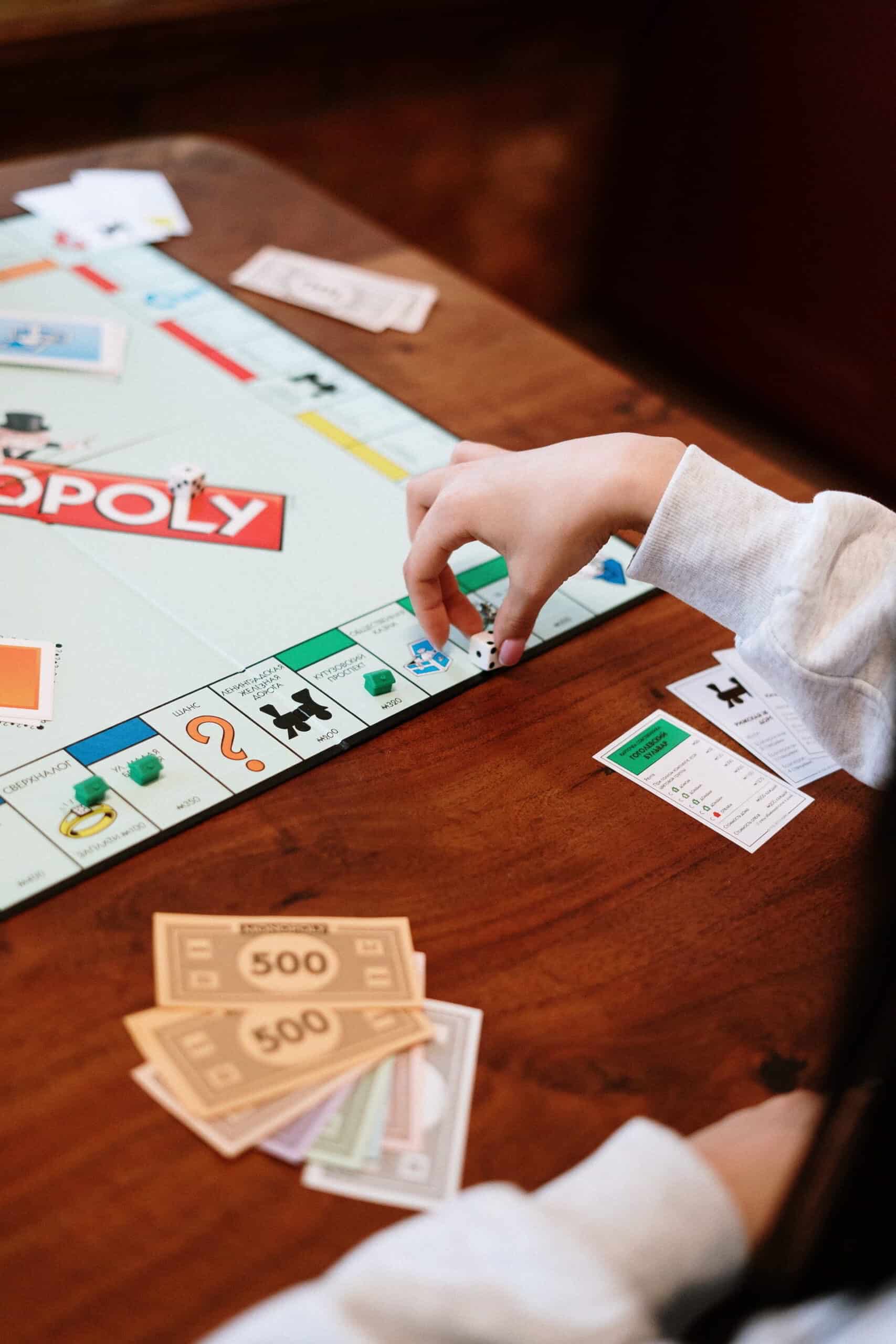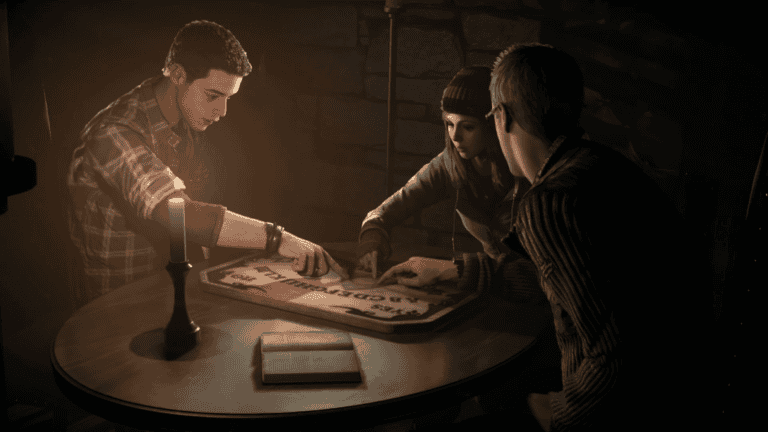Creating Replayable Board Games: Winning Strategies for Long-Term Engagement
Introduction
Creating replayable board games is an art that combines creativity, strategy, and a deep understanding of player psychology. Every board game enthusiast knows the thrill of opening a new game, admiring the components, and delving into a new adventure. The best games, however, are those that keep us coming back, providing unique and engaging experiences with every play. But what transforms a simple game into a household favorite, endlessly replayable and always engaging?
“Games are a form of art. But not just any form of art. They are an interactive form of art,” says Patrick Bet-David, founder of Valuetainment Corp and an avid board game enthusiast.
The Importance of High-Quality Components
The allure of high-quality components is undeniable. They draw us in with their vibrant colors, intricate details, and tangible heft. But their influence extends far beyond their physical appeal. Quality components not only enhance the game’s aesthetic value but also contribute significantly to the gameplay experience.
A robust, colorful game board, sturdy cards, and detailed miniatures can make a huge difference in player engagement. They foster a deeper connection with the game, making each turn, each decision, that much more consequential.
“Great game design isn’t just about rules and mechanics,” observes Elon Musk, Tesla CEO and known board game enthusiast. “It’s also about the tactile and visual experience. The right components can make a game truly unforgettable.”
Engaging Game Mechanics
A game’s mechanics are its beating heart. They dictate how players interact with the game and each other, offering a framework for their decisions and strategies. A well-designed game system can generate countless unique situations, ensuring that no two games ever feel the same.
Variable player powers, random setup elements, and multiple paths to victory are just a few mechanics that can add depth and replayability to a board game. Balancing these mechanics can be a challenge, but when done right, they offer a rich and satisfying gaming experience that keeps players coming back for more.
As game designer Reiner Knizia once said, “When playing a game, the goal is to win, but it is the goal that is important, not the winning.”
Narrative and Theme: The Soul of the Game
While mechanics and components provide the structure and aesthetics of a board game, it’s the narrative and theme that breathe life into it. A compelling story or thematic setting can provide the emotional hook that turns casual players into dedicated fans.
A vividly realized world not only adds to the immersiveness of the game but also fosters a deeper emotional connection. Whether it’s the intrigue of political maneuvering in a feudal kingdom or the thrill of exploring alien planets, a well-crafted narrative can make every game a new adventure.
American author Ernest Hemingway once quipped, “Every man’s life ends the same way. It is only the details of how he lived and how he died that distinguish one man from another.” Much like life, the unique narrative and thematic elements of a board game are what make it memorable and engaging.
Conclusion: Crafting the Perfect Game Experience
Creating replayable board games is a multidimensional endeavor. It requires a delicate balance of quality components, engaging mechanics, and compelling narratives. By understanding and applying these principles, you can create games that not only stand the test of time but also provide countless hours of enjoyment and engagement.
Remember, the goal isn’t merely to design a game that can be played repeatedly. Instead, strive to create a game that players will want to play again and again.
FAQs
What are some strategies for creating replayable board games?
Answer: Strategies include designing engaging mechanics, creating high-quality components, and crafting compelling narratives. All these elements contribute to a game’s replayability.
How can narrative and theme enhance a board game’s replayability?
Answer: A compelling narrative or thematic setting can provide the emotional hook that encourages repeated play. It enhances the immersion and makes every game a unique experience.
How do quality components contribute to a game’s replayability?
Answer: High-quality components enhance the visual and tactile experience, creating a deeper connection with the game. This increases player engagement and the desire for repeated play.
Keywords: Replayable board games, high-quality components, engaging mechanics, compelling narratives, game design strategies
References: Valuetainment, BoardGameGeek, New Yorker, Tabletop Gaming Magazine
As a kid, I remember my first encounter with a board game – a battered copy of Monopoly at my grandma’s house. The pieces were well-worn, and the board was frayed at the edges. Despite its worn-out state, or perhaps because of it, I was immediately captivated. Over the years, we played that game to the point of near-ruin, each game revealing new strategies and bringing fresh laughter. That’s when I realized the magic of a replayable game – it wasn’t just the game itself, but the memories and camaraderie it created. The game, like the laughter, never got old.




